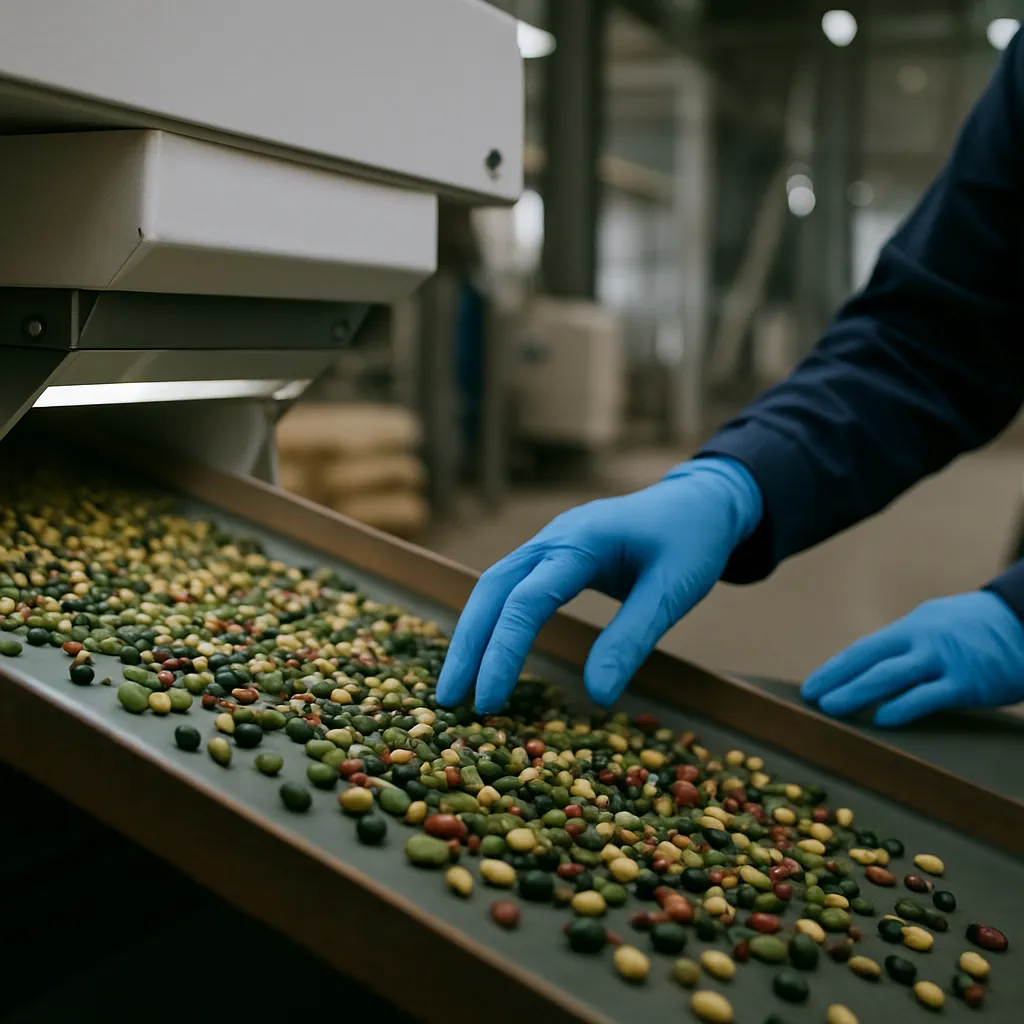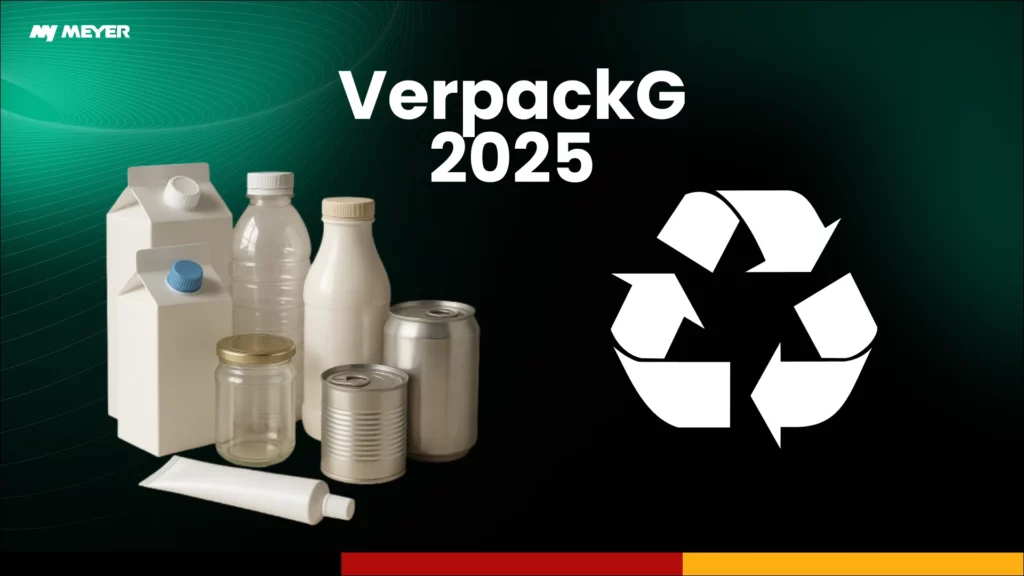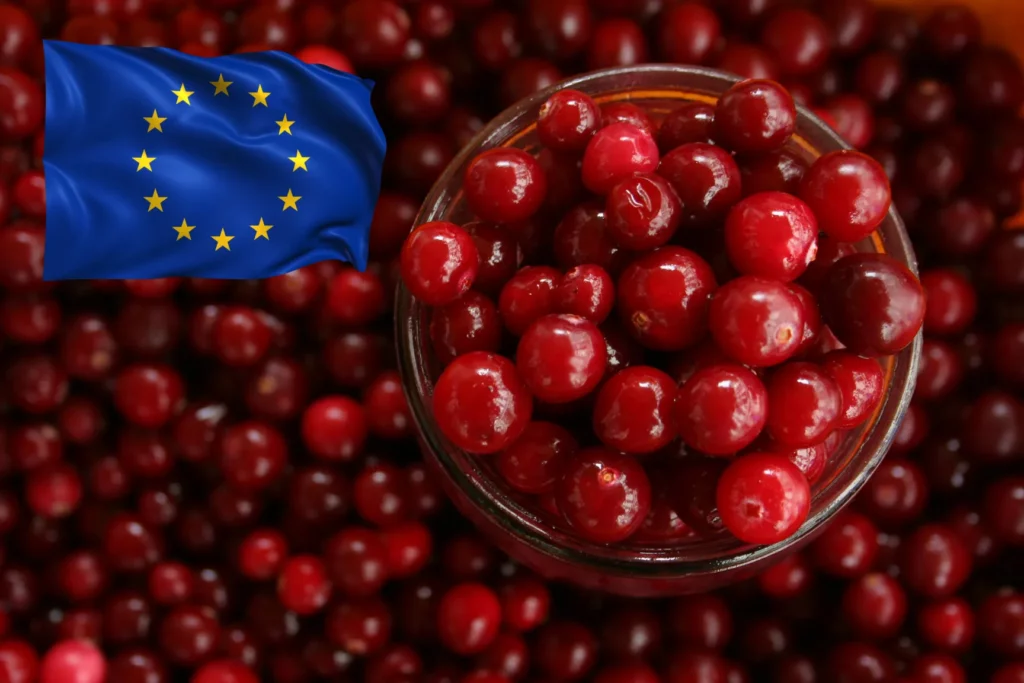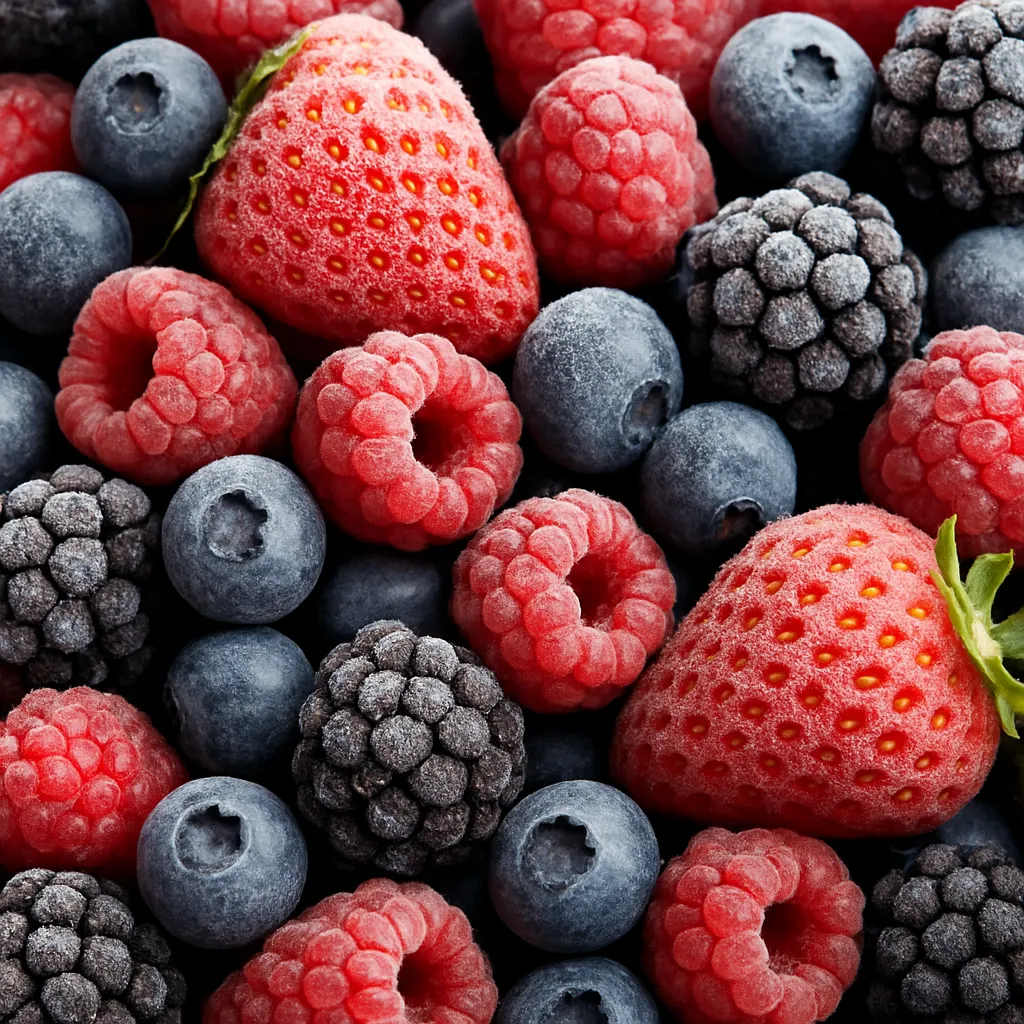Why Precision Matters in Beans and Pulses
Unlike generic grains, specialty pulses and beans often cater to high-value segments, including organic, non-GMO, or fair-trade. These premium markets place a high priority on:
- Visual Uniformity: Consistent color, shape, and size influence both consumer perception and the final product’s market value.
- Purity and Cleanliness: Pulses contaminated with foreign materials like stones, plastics, or weed seeds can lead to product recalls and damage brand reputation.
- Nutritional Integrity: Defective or moldy beans can affect taste, texture, and nutrient content, undermining the health benefits pulses are known for.
- Regulatory Compliance: Export and local regulations often impose strict rules around foreign matter and quality standards.
The Role of Optical Sorting in Bean & Pulse Processing
By leveraging advanced sensors (camera-based, x-ray, infrared, or hyperspectral), optical sorting systems identify and remove unwanted items in real-time. For beans and pulses, this translates into minimized waste, maximized yield, and consistently high quality. Here’s how optical sorting specifically benefits the pulse and bean sector:
- Color Correction: Beans that show discoloration due to overheating, age, or moisture damage are quickly identified and removed.
- Shape and Size Control: Even slight variations in shape or size can be detected—ensuring uniform batches for premium packaging.
- Defect Elimination: Common defects like insect-damaged kernels, mold, or foreign debris (e.g., rocks, plastic fragments) are sorted out.
- Quality Consistency: Producers can maintain higher and more consistent quality across multiple harvests or supply sources.
Common Defects and Contaminants in Pulses and Beans
Below is a quick reference table highlighting the defects and contaminants most frequently addressed by optical sorting in beans and pulses:
| Defect or Contaminant | Possible Cause | Impact on Product |
| Discolored Beans | Overexposure to heat or moisture | Aesthetically unappealing product |
| Broken Pulses | Mechanical damage during harvest | Reduced market value and yield |
| Foreign Objects | Field debris, packaging residue, or stones | Safety risks and potential recalls |
| Mold or Fungus | Poor storage conditions, high humidity | Off-flavor, health concerns |
| Insect Damage | Infestation during farm storage | Holes, reduced shelf life |
In-Depth Process Flow for Pulse and Bean Sorting
Although each facility has its own unique workflow, below is a general sequence demonstrating how optical sorting fits into the bigger picture of bean and pulse processing:
- Pre-Cleaning
- Objective: Remove large debris (e.g., twigs, rocks, sticks, glass, plastic) and excessive dirt before finer sorting.
- Methods: Basic mechanical screens or air classifiers.
- Pre-Grading and Inspection
- Objective: Roughly separate beans or pulses by size and quality to make optical sorting more efficient.
- Methods: Vibratory or rotary graders.
- Optical Sorting
- Objective: Using specialized sensors, the system detects minor defects such as slight discoloration, small chips, and foreign particles.
- Method: High-speed cameras or lasers capture real-time data; software triggers air jets or mechanical ejectors to remove defects.
- Quality Control and Monitoring
- Objective: Verify the output from the optical sorter to ensure standards are met.
- Methods: Manual sampling, statistical analysis, or additional sensor-based checks.
- Final Packaging
- Objective: Package the sorted and clean pulses in consumer-ready bags or bulk containers.
- Methods: Automated packing lines, vacuum or heat-sealed packaging for extended shelf life.
Emerging Technologies in Pulse & Bean Sorting
- Hyperspectral Imaging
- Analyzes different wavelengths of light to distinguish subtle chemical differences. For example, it can detect early signs of mold or fungal contamination that are invisible to standard cameras.
- Infrared (IR) Sorting
- Identifies the chemical composition of each bean or pulse. This is highly effective for sorting out non-organic material or foreign substances.
- Machine Learning & AI
- Next-generation optical sorters incorporate artificial intelligence algorithms that continuously refine sorting criteria based on real-time data. This adaptation leads to higher accuracy and improved efficiency over traditional rule-based systems.
Practical Scenarios in Beans & Pulses
- High-End Black Beans for Export
- Challenge: Meeting the strict purity and appearance criteria demanded by international buyers.
- Solution: Integrating advanced camera-based sorting ensures only consistent, clean beans are shipped, reducing rejections and brand damage.
- Organic Chickpea Processing
- Challenge: Avoiding cross-contamination with non-organic materials and ensuring no visible defects.
- Solution: Optical sorters programmed to detect even faintly discolored chickpeas or small stones, helping maintain strict organic certification standards.
- Lentil Sorting for Ready-to-Cook Meals
- Challenge: Uniform color and size are crucial to uphold brand image for quick-cook and gourmet packs.
- Solution: Multispectral sorting eliminates off-color lentils, ensuring aesthetically appealing final products that cook evenly.
Best Practices for Implementing Optical Sorting
- Regular Calibration
- Ensure cameras, sensors, and ejection nozzles are frequently checked and recalibrated to handle seasonal variations in bean/pulse size or color.
- Operator Training
- Invest in continuous training for technicians and operators. Well-informed staff can quickly troubleshoot issues and optimize system performance.
- Scheduled Maintenance
- Keep a consistent schedule for cleaning lenses, inspecting air compressors, and updating software to minimize downtime and preserve accuracy.
- Data-Driven Insights
- Use built-in data collection to track reject rates, defects per batch, and other metrics. This information can guide process improvements, such as upstream adjustments in harvesting or pre-cleaning.
Conclusion
As the pulse and bean industry expands to meet growing consumer and global demands, optical sorting stands out as a transformative tool for guaranteeing purity, consistency, and safety. By leveraging cutting-edge sensors and AI-driven technologies, growers and processors can minimize waste, enhance product value, and solidify brand reputation. From black beans destined for export to organic chickpeas packed for health-conscious consumers, integrating optical sorting across the supply chain ensures a clean and consistent product—paving the path to purity in every bag.
Resources & References
- Food and Agriculture Organization (FAO)
Pulses: Nutritious Seeds for a Sustainable Future
A valuable resource on pulse production, nutritional profiles, and global consumption trends. - International Journal of Food Science & Technology
Features extensive research on modern sorting methods, including optical sorting applications for legumes. - Book: “Pulses and Their Applications in Foods” (Springer)
Delves into various aspects of pulse processing—from quality control measures to the latest technological innovations.
Disclaimer: This article is for informational purposes only and does not constitute professional advice. Always consult industry guidelines and certified professionals for specific requirements.









